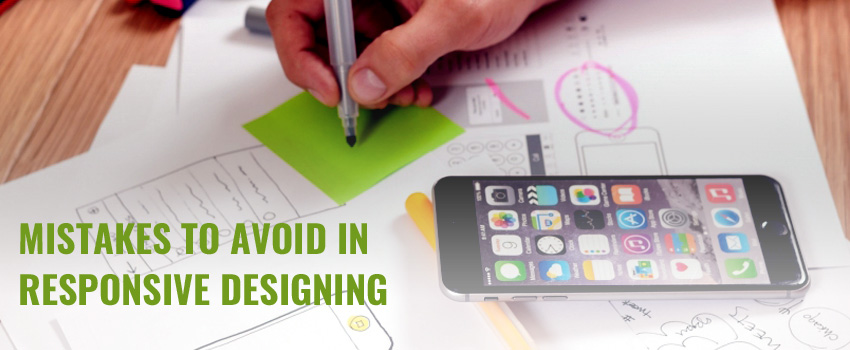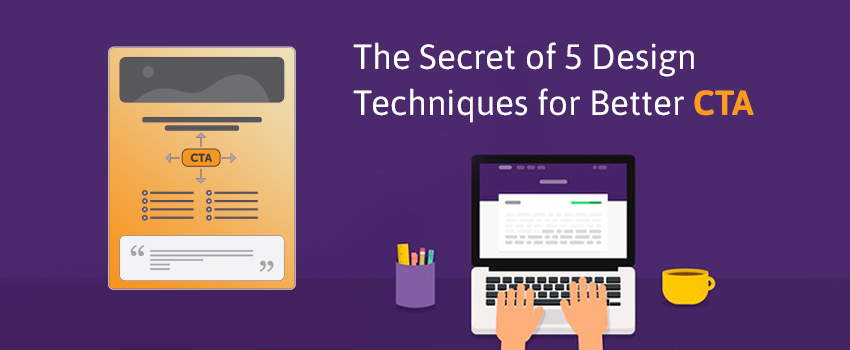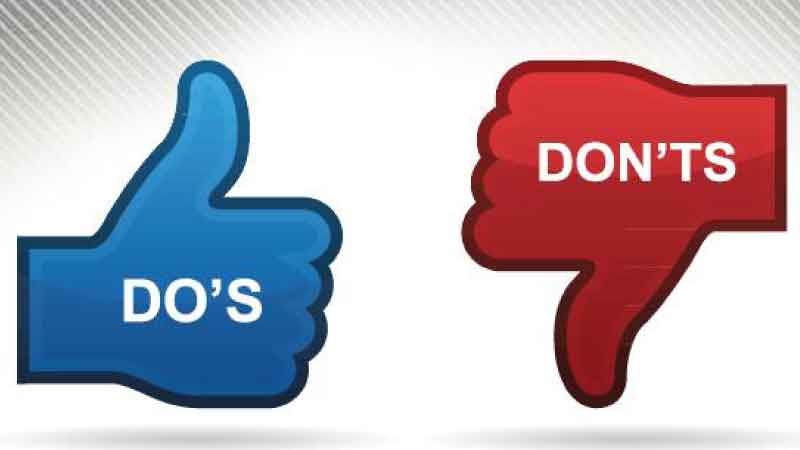UX Design Process: Step-By-Step Guide for Beginners
UX design is a systematic process to create and develop user-friendly and reliable digital experiences. There is continuous improvement, which includes design, testing, and research to ensure a great experience. Let's dwell on it and lean more on the UX design process.
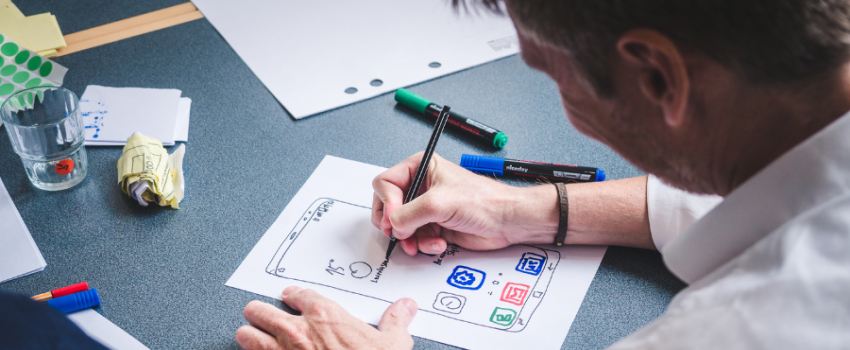
What is a UX Design Process?
A UX (User Experience) design process is a systematic methodology that is used in creating digital products and services to make sure they are easy and user-friendly. It started in the 1950s and took time to make its place like everything, but the growth graph has been phenomenal;
In 2017, the estimated number of UX designers was 1 million, and is expected to go over 100 million by 2050. It is comprehensive and iterative, requiring the creation of products, websites, and apps completely focused on user satisfaction and their usability.
It includes the following opportunities such as:
UX Designer:
This is one of the most common roles where a designer focuses on creating and developing user-friendly interfaces and conducting proper research to design wireframes and prototypes.
Information Architects:
They are the ones who will design the structure and then organize the content and its information for the product, ensuring that it is user-friendly and easily accessible.
Content Strategist:
In this profile, you get the opportunity to strategize content that is relevant, easy, ongoing, and can be understood well on a common level.
UX Manager:
This will be a life-changing opportunity where, once you have established your grounds, you can surely go to greater heights where you get the chance to lead teams, manage all projects, and see the UX design process within the organization.
The UX design process is iterative and always focused on providing the best user-friendly experience that satisfies the user throughout its life. It encompasses visual design and development; it is user-centered, which ensures the design decisions will be appropriate to the user's needs and expectations.
The Significance of the UX Design Process
The UX design process is the most significant part of the development of digital products and services. It makes sure that the overall look of the product is visually pleasing and also functions intuitively, which will always be according to the user's needs and preferences.
Its methodology is very clear and minimizes the risks of confusing interfaces, which helps with higher user satisfaction and loyalty. With a well-executed UX design, the results are astonishing, as this brings good outcomes, great engagement, and, most importantly, the highest conversion rates.
Here are a few significant points of the UX design process:
1. User-Centered Approach: The UX design process is designed in such a way that it reflects the user’s approach and needs, which makes it much easier and more efficient.
2. Problem Solving: With research, the user’s needs and pain points can be evaluated, and with the UX design process, designers feel empowered to tackle the same with absolute ease.
3. Enhanced Usability: The UX process simply enhances the user experience and makes it easier with accessibility; it helps with the user’s pain points to reduce them and makes it easier for users to engage with the product.
4. Reduced Support Costs: As the product is developed with the finest UX design, it is much less likely that there will be any issues or concerns, which eventually reduces the cost of support and saves you money.
5. Adaptability to Technology Changes: With ever-evolving technology, the UX design process makes sure it is well-updated and in a current style that is advanced and systematic.
Overall, the UX design process is very special in developing products and services that are user-friendly and very competitive in this digital world.
What are the Preparatory Steps Before UX Design?
As you are aware, every process starts with a comprehensive research and analysis stage. The UX design process, too, starts just like that, which helps the designers understand users much better by learning about their goals and intentions. It includes the following stages:
1. Knowing the Stakeholder: By talking to the stakeholders, you get to learn about the business, its market, and expectations. This will help you understand and conclude with the project’s goals and the right information about the users.
2. Research and Analysis: Competitor platform research helps you get more insights about the client’s market and check existing solutions, features, and users’ journeys; this will help you understand user expectations and identify design patterns and flows.
3. User Research: This approach will help you build a user-friendly design website. This also includes common techniques like interviews, data analysis, and all raw feedback from the real world. This will help you curate designs as per your users' needs.
Seven Major UX Design Process Steps
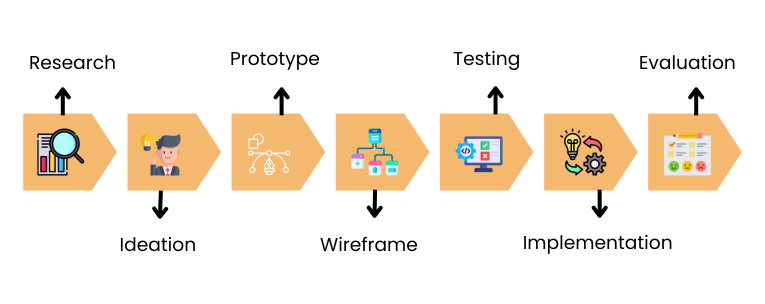
1. Research:
Learn and understand your user’s needs and their behavior through research; this will make the process easier and truly worth it. This initial step includes thorough research to learn and understand more about the targeted audience, and then knowing about competitors will give you a better understanding of how the functionality works to solve problems. You can also look into a current product and its cycle again, which will give you a complete understanding of what is needed for implementation.
2. Ideation:
With this, you can come up with creative solutions and the right steps based on your research’s findings, as during this stage, the best design concepts and ideas are brainstormed as per your research. This is one of the steps that will help you shape your user experience and make sure that the product meets all the requirements requested by your user. This feature also drives your product differentiation and overall user engagement success.
3. Prototyping:
They are developed to test the design concept, as this will let you experience hands-on user testing and develop interactive prototypes, that will help you refine the interface. It works as a strong bridge between ideation and actual development, which plays a very important role in designing and developing the best user experiences. Prototyping brings life to the ideas and allows designers and stakeholders to visualize the overall product's functionality.
4. Wireframing or Sketching:
This helps you visualize the interface, as you can create rough sketches or wireframes to visualize the layout and interface structure. This serves as a pre-draft of the design's visuals. These wireframes are mostly devoid of details, imagery, and color, which focus solely on the overall layout and the structure of the design.
It’s a journey from canvas to final view, a platform where designers get to experiment, and sketching is more of a freeform and organic feature of the designing process, which is quick on both paper and digital platforms. It's very flexible and experimental with various design concepts. The best part is that both functions have the same goal, which is to simplify the complexities and provide the best user-friendly product.
5. Testing:
It is one of the key components of having the user’s feedback, as this will help you create the exact design that meets their expectations. By testing, you can gather the right amount of information to adjust the design just like your client wants. This will help you validate ideas, identify usability issues, and test accessibility. It's very important to know that UX design teams do regular testing. Even though it comes at a later stage, these tests include internal testing with the team members, which will help you give a fair view of the project to the stakeholders.
6. Implementation:
It’s important to have the right team to develop and implement; this is the step that involves close collaboration with people who are equally passionate about bringing out the best for their users and accordingly bringing the final product to life.
7. Evaluation:
There must be regular feedback received post-launch, as this will help you give the best service your client deserves. Refinement is an ongoing process, and this will only ensure a positive and user-friendly experience for your clients.
Guidelines for an Effective UX Design
To create an effective user experience (UX) design, follow the following key Guidelines:
1. User-Centric Approach:
Your approach should always be according to your user's needs and preferences; try to keep the designs aesthetically pleasing with your understanding of their behavior and goals, as this is the ultimate result your end user will want. Make sure the platform is designed and developed with the best user-friendly concepts that can be accessed by anyone, whether experienced or inexperienced.
2. Consistency:
Be consistent with the design element by keeping the colors and typography consistent for a predictable user experience. Not everyone wants to revamp their processes; they like to keep the interface constant. Yes, you can advance and update by ensuring the view is still the same and is not making it difficult for users who are already used to what they were given in the first place.
3. Clarity and Simplicity:
Make sure the designs are clear and not cluttered, as this will only make it worse for the user experience. With simplicity, it is less complex and uncertain, with clear navigation and an understandable user interface. If it is not clear and simple, it will only make your users want to switch to something else, especially at this time, so ensure you keep things understandable and efficient.
4. Mobile Responsiveness:
The mobile responsive website design should always be in such a way that it goes with various devices and all screen sizes, which includes gadgets like mobiles and tabs, as today not everyone will want to carry their laptops around; rather, they would want easier access, which is most often on their mobile phone, so make sure it is created in such a way.
5. Accessibility:
The user interface should be designed in such a way that it can be used by everyone, including the specially-abled. This will make your organization very approachable and understanding, as everyone wants something that will be worth it for people who are looking for an opportunity in the same field.
6. Feedback and Iteration:
Get feedback and be open to continuous improvements; this will help you with great innovations. Some will be good, some may be bad, but this is part of the process. We are here to develop and make things that are best output there with a purpose for success and efficient functionality.
7. Visual Hierarchy:
Always try to keep the visuals that will get your user’s attention with the right contrasts, sizes, and positioning, as this is very important. Visuals are so strong and the major selling point, so ensure, it’s the best, which is pleasing to the concerned audience.
8. Performance Optimization:
Ensure your designs are new and can keep the functionality smooth with the right speed and efficient layout, as speed matters a lot here to get what you want in the desired time. We, in the first place, approach getting our work done quickly, so that feature should be monitored regularly for improvising.
Price of UX Design
1. In India, it can cost anywhere from 2,000 to 5,000 per hour, but again, it significantly differs according to the complexity and scale of the project.
2. Globally, it may cost from $10 to $20 with the same criteria, which can be different from one to another.
If you are looking for the most effective user-friendly experience for your digital products, then you are at the right place. We offer you a great UI UX Design service in a short span of time.
Conclusion
Overall, we can safely say that the UX design process places the user’s needs first for their product’s development, and by finally concluding with the research, ideation, prototyping, testing, and refinement, you can create an outcome that is not only visually appealing but also user-centric. It’s an ever-evolving process that only gets better with time.
FAQs
1. What is the primary goal of the UX design process?
The primary goal is to develop products, websites, and apps that provide the best user experience.
2. How does the UX design process contribute to your brand and user loyalty?
A well-developed and well-designed UX can simply enhance your brand’s reputation by providing a constant positive end-user experience, which leads to user loyalty.







